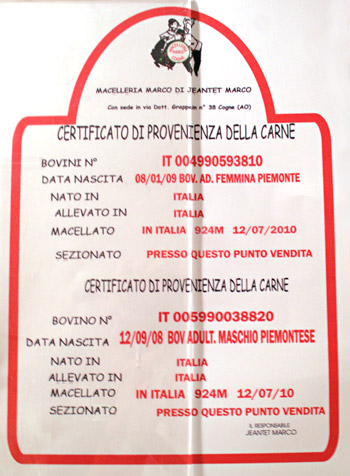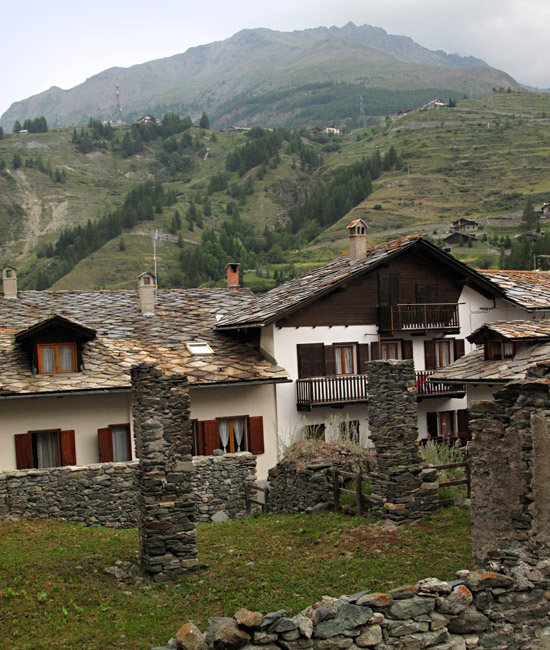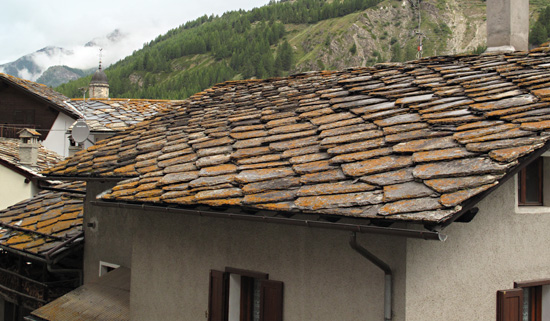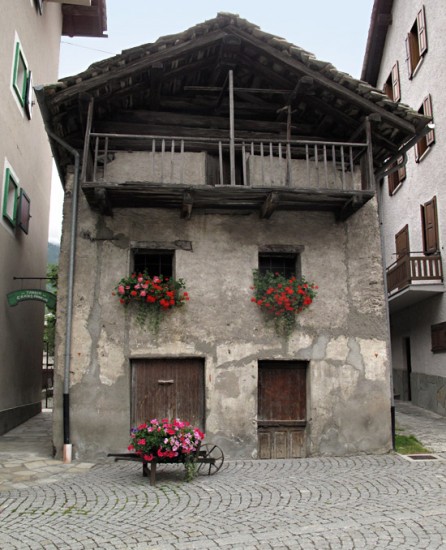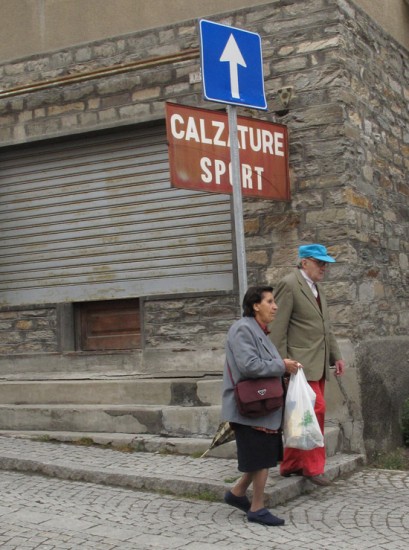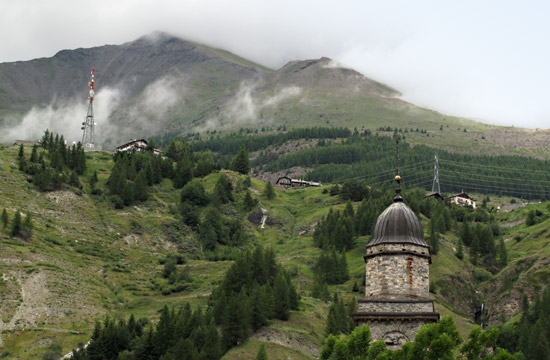Journal Entry: 24 Luglio
The bus just left Aosta, heading back to Milano. I have been visiting my friends, Ewa and Piotr, in Cogne for two days where the “uniform” is hiking shorts and boots, muscular, suntanned legs, and walking sticks. The street signs are in French [and Italian] and at any time I can hear a half dozen languages.
The buildings have fish-scale, slate rooftops, with an undulating alignment. They all look the part of a Hobbit’s house with stone, scroll-cut wood, lichen patches and shutters.
I like this old couple. I wonder how long they’ve lived in Cogne.
He’s not afraid of cherry red pants!
.
.
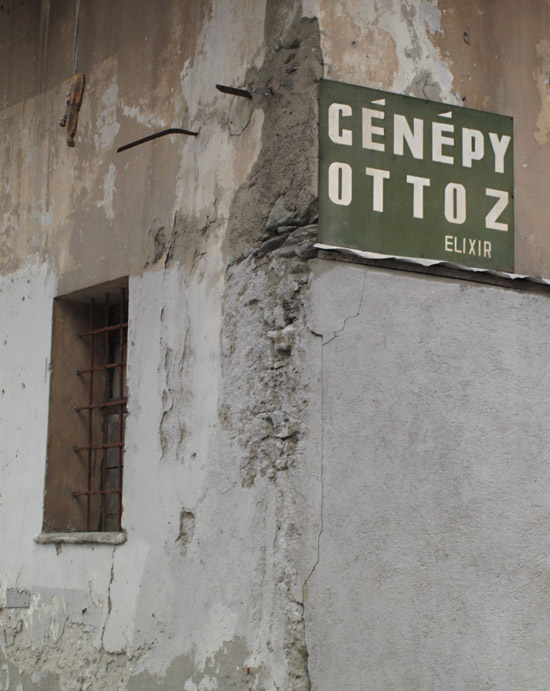
.
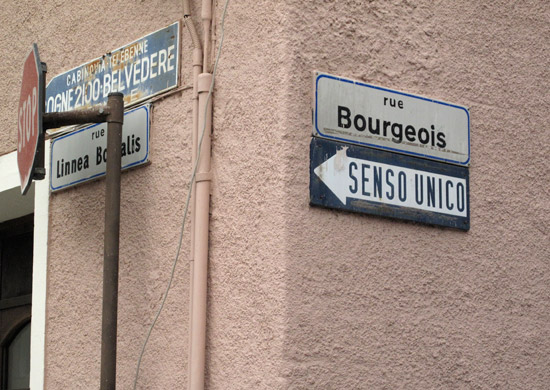
I have had to remind myself that this, too, is Italy.
– – –
Cogne draws tourists from all over Europe, especially those interested in the many miles of mountain trails and climbing routes ranging from easy-to-difficult. The town is at the start of a valley that leads to the Parco Nazionale di Gran Paradiso, the National Park of “Great Paradise” Mountain.
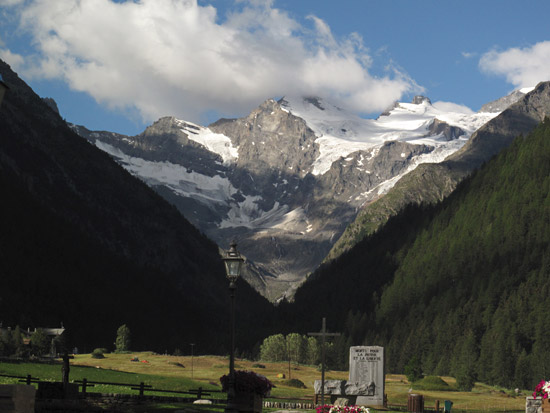
Attend the Italian School of Skiing here in Cogne.
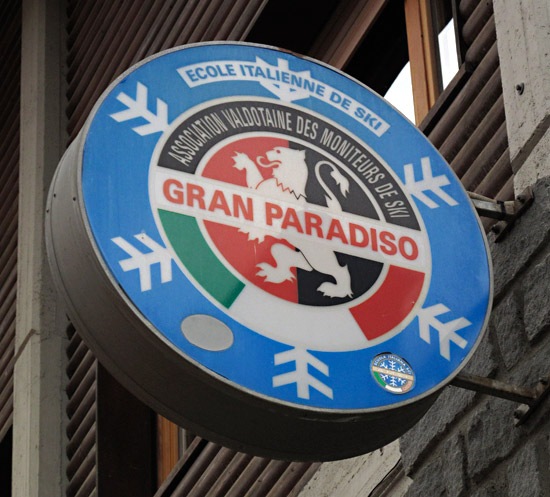
The town center is a hub of cafés, food stores, services and gift shops. Aosta’s regional bus company, Savda, makes its loop in the area at villages along the valley between Aosta and Cogne. (It also runs to and from Milano.)
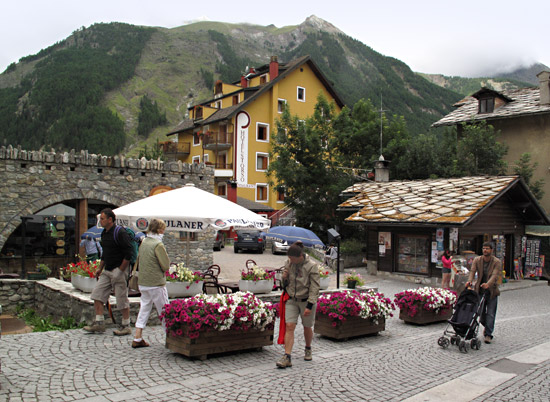
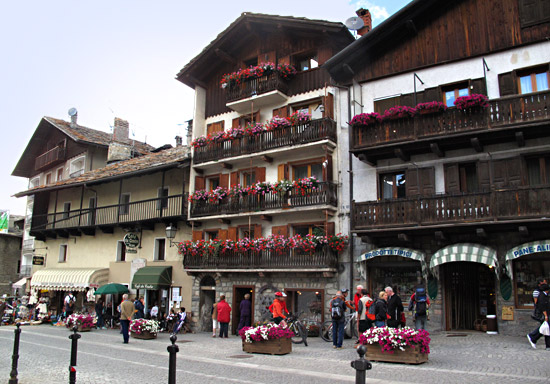
Looking north down the valley from our rented house, the view shows the one main road that passes through the few blocks of town. Parking is almost absent in the town center, bowing to the heavy pedestrian traffic, so a lower lot is available for cars and motor homes.
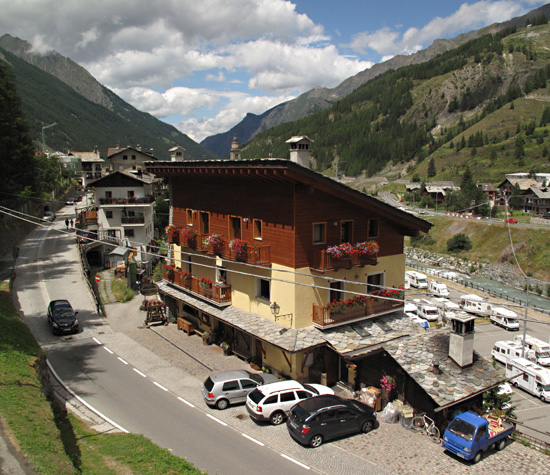
Not surprisingly, the shoe stores in town sell hiking boots and sturdy walking shoes.
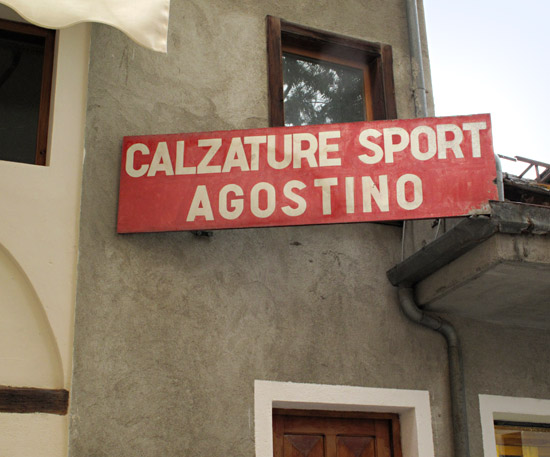
The date on the clock on the wall of the Casa dell’Orologio – Clock House – says “1806”.
And someone has an incredible salad garden going!
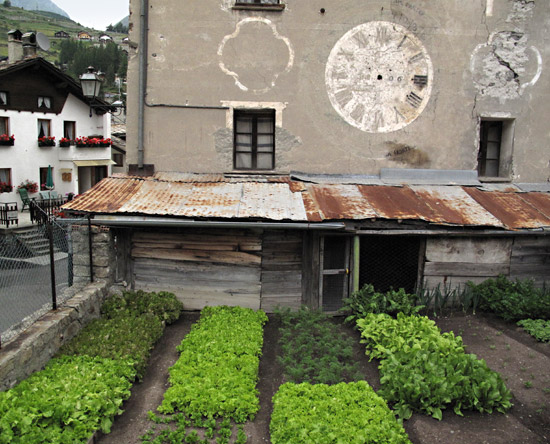
Here’s the backside of the clock building.
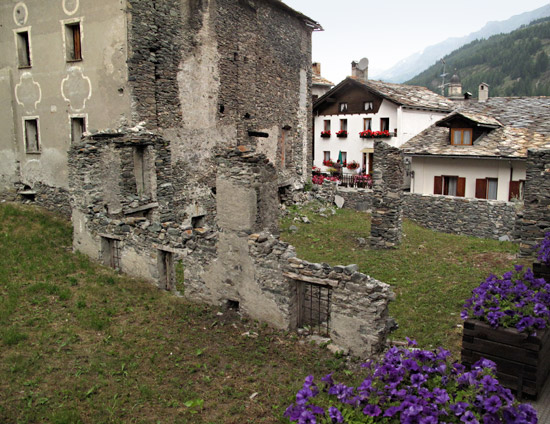
Though visitors fill the town, the locals seem to go right on with their daily lives in this mountain village, chatting with friends, sipping a caffé normale – a simple shot of espresso – or making their passeggiata – daily, walking stroll.
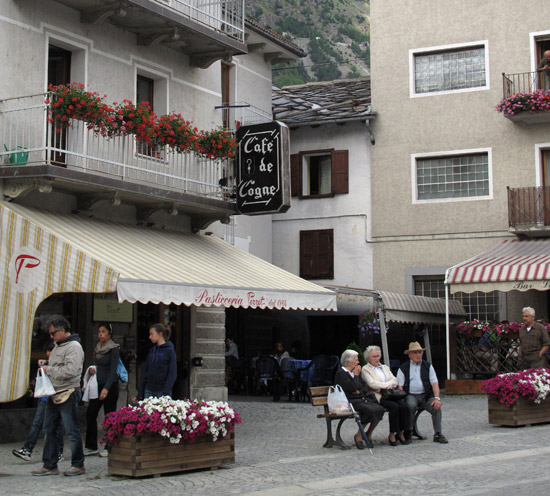
Two women were chatting outside of the small, local fruit and vegetable seller’s shop. They appeared to be locals and long-time friends.
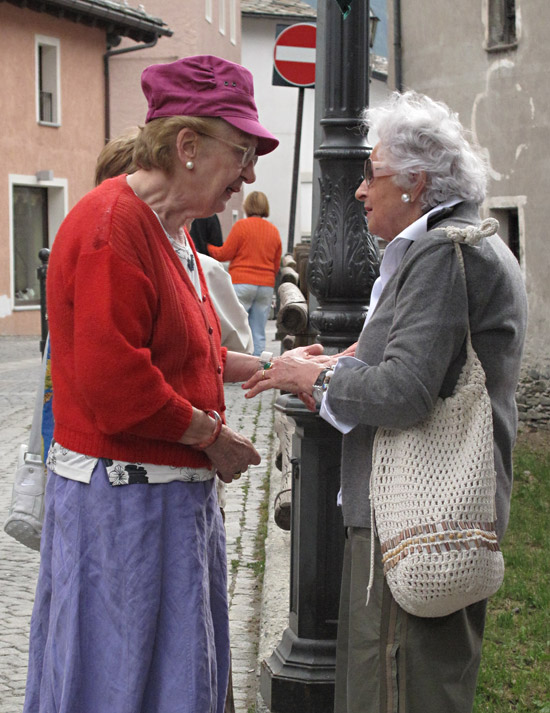
There’s plenty of lodging available, in the center of town and around its edges.
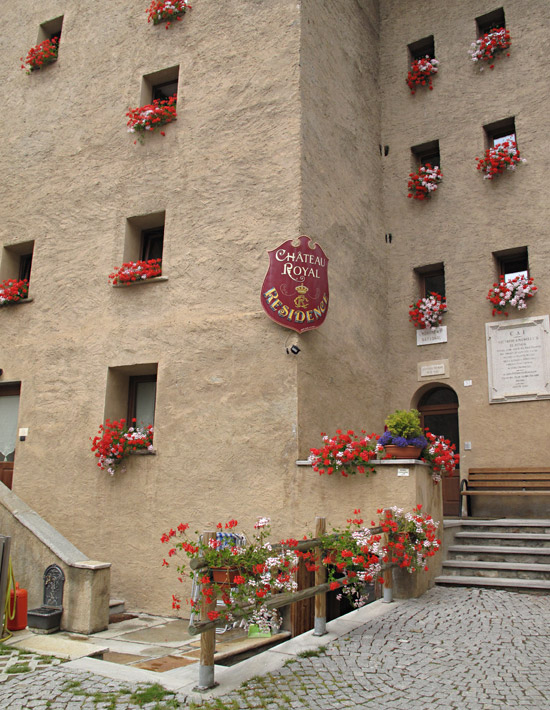
.
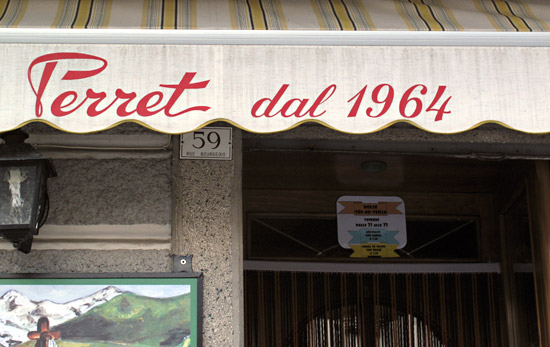
Though the town of Cogne is pristine and quaint, that doesn’t seem to be a show put on just for the tourists. I got the impression it’s always looked about like this. It’s not that Cogne is reminiscent of Leavenworth (WA), Leavenworth is reminiscent of Cogne (and other European regions).
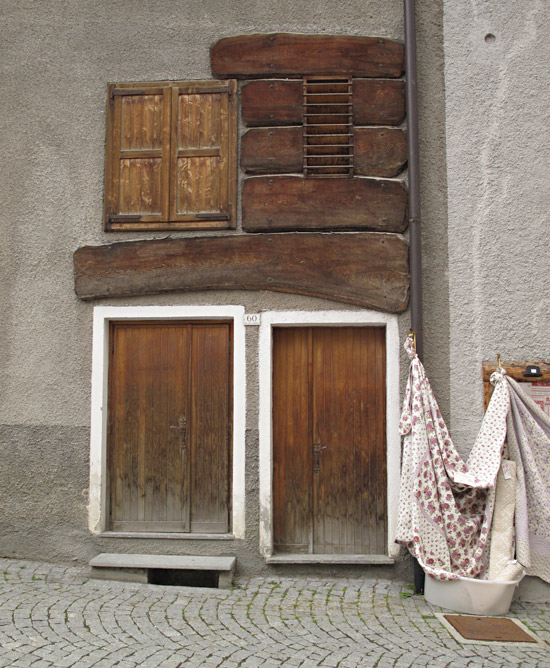
This older home is just up the valley in the village of Lillaz, gateway to local waterfalls.
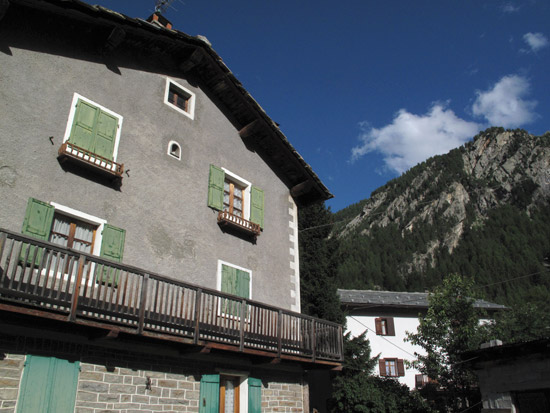
I have seen more sundials in the last year than in all of my life combined. Whether this is really from 1903 or not, it’s quite beautiful wearing its patina.
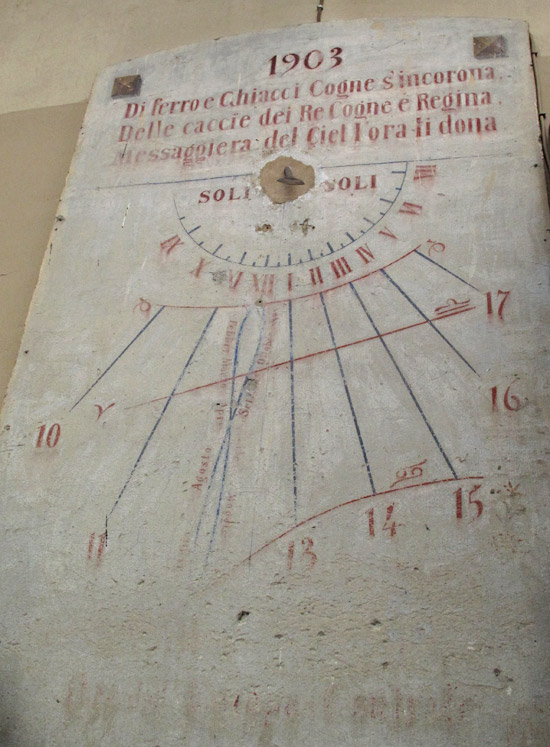
Ewa and I stopped into the local macelleria – the meat shop – to buy some meat for goulash. (She’s Polish.) The butcher scooped up a spoonful of ground, raw meat, much like a “steak tartare” and presented it to us for sampling. I reached out and grabbed a wad with my hands. It was delicious.
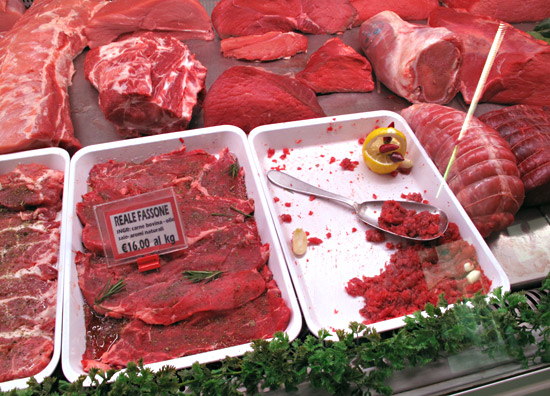
We also asked about the near-black meat in the center, (below), next to the wrapped tongue. The butcher gave us a sample, including a piece for Ewa’s 4-year-old grandson, Filippo. We LOVED it. The meat is raw, yet “processed” by being covered in hot salt. (I had wondered how it compares to Bresaola.) We bought a half dozen slices and Filippo and I fought over them as we ate the meat walking through town, licking our fingers.
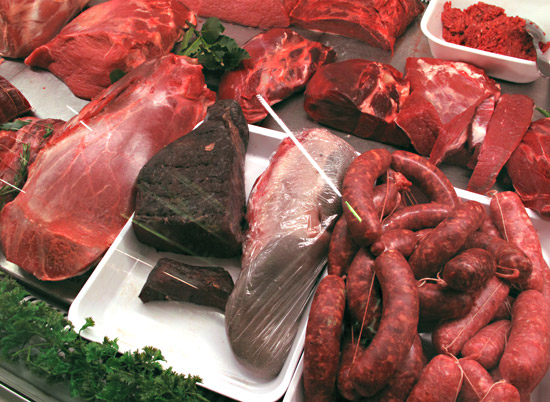
I appreciate that a “Certificate of Provenance” for the meat is prominently displayed on the counter. It tells the ID number for the animal; when and where it was born and raised; and when and where it was butchered! The next day I wanted to go back for more of the “salt-cooked” meat.
